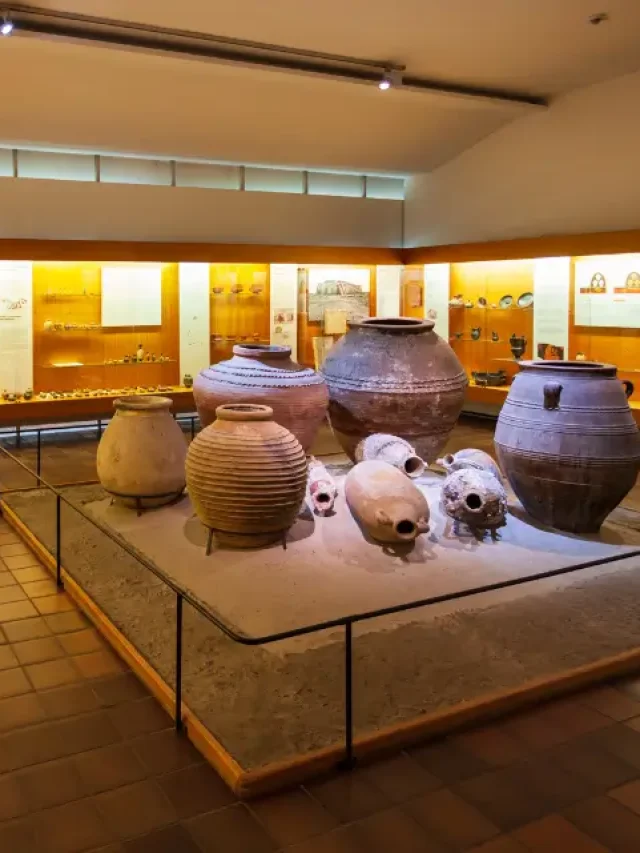Studying abroad is a dream for many, and studying in Italy for free can make that dream come true. Italy is famous for its beautiful history, culture, and excellent education. The best part? There are many opportunities for international students to study without paying high tuition fees.
With various scholarships, grants, and even free programs, Italy is a great option for those who want to study abroad on a budget. In this guide, we will show you how you can study in Italy for free, from finding the right universities to the scholarships that can help you cover your costs
Table of contents
Why Study in Italy?
Before exploring how to study in Italy for free, it’s crucial to understand why Italy stands out as a higher education destination for Indian students. Italy is home to some of the oldest universities in the world, such as the University of Bologna (established in 1088), and offers a mix of academic excellence, rich culture, and affordable living. Many public universities in Italy offer programs in English, especially at the postgraduate level.
Key Benefits of Studying in Italy:
- High-quality education at globally ranked institutions.
- Affordable tuition fees compared to other European countries.
- English-taught programs in various disciplines.
- Vibrant student life with a diverse international community.
- Low cost of living in cities like Pisa, Bologna, and Padua.
- Post-study work opportunities with a residence permit extension of up to 12 months after graduation.
Also Read:
- Importance of Student Accommodation in the Study Abroad
- Student Visa Delay: Causes, Solutions, and How to Avoid It
Top Tuition-Free Universities in Italy
While tuition in Italy is already low by international standards, several universities offer full tuition waivers or reduced fees based on merit or financial need. Knowing where to apply is crucial to successfully study in Italy for free. Popular Universities Offering Tuition Waivers:
| University Name | City | Notable Feature |
| University of Bologna | Bologna | Oldest university in the Western world |
| Politecnico di Milano | Milan | Top-ranked for engineering and design |
| Sapienza University of Rome | Rome | Large international student population |
| University of Padua | Padua | Strong research and innovation focus |
| University of Milan | Milan | Offers wide range of English-taught courses |
How to Study in Italy for Free: Scholarships and Financial Aid
Studying in Italy without paying tuition is possible, thanks to various scholarships and regional grants offered by Italian universities and government bodies. Many of these are specifically open to international students, including Indian nationals.
Top Scholarships for Indian Students:
Here are some of the most popular scholarships that can help Indian students study in Italy for free:
| Scholarship Name | Coverage | Eligibility |
| Invest Your Talent in Italy | Tuition fee waiver, monthly allowance | Bachelor’s degree, English proficiency, age < 26 |
| Italian Government Scholarships | Full/partial tuition, stipend | Postgraduate students, excellent academic record |
| EDISU Piemonte Scholarships | Tuition fees, accommodation, meals | Enrolled in Piedmont universities, financial need |
| Laziodisu Scholarships | Fee waiver, accommodation, allowances | Students in Lazio region, financial documentation |
| University-specific Scholarships | Varies by university | Based on merit or income (ISEE declaration required) |
Exams Required to Study in Italy for International Students
To study in Italy, international students may need to take certain exams, depending on the university and program they choose. Here are some common exams you should know about:
- TOLC (Test OnLine CISIA): A general test for undergraduate courses in fields like engineering, economics, and science.
- IMAT (International Medical Admission Test): Required for students applying to medical and dental programs in English at most public universities.
- GRE (Graduate Record Examination): Some universities may ask for the GRE for postgraduate programs, especially in engineering, science, and business.
- IELTS/TOEFL: English language tests needed for students applying to programs taught in English.
- SAT: Some universities require the SAT for undergraduate courses, especially in business and social sciences.
Application Process: Step-by-Step Guide
Applying to Italian universities and for scholarships requires proper planning. The academic year usually starts in September/October, so it’s best to begin the process at least 8–10 months in advance.
Steps to Apply:
- Shortlist Universities & Courses: Use websites like Universitaly to find English-taught programs.
- Check Eligibility: Review entry requirements (like a bachelor’s degree or language proficiency).
- Apply to the University: Through the university portal or the Universitaly platform.
- Apply for Scholarships: Alongside your admission or after receiving an offer letter.
- Prepare ISEE/Equivalent Document: Essential for need-based scholarships.
- Apply for Visa: After admission confirmation and scholarship results.
Also Read:
- When to Apply for Student Accommodation: Best Timing and Tips
- Minimum PTE Scores Required for UK Universities
Cost of Living in Italy for Indian Students
Although the aim is to study in Italy for free, students will still need to manage living expenses. However, these are relatively low compared to other European countries, and many scholarships also cover accommodation and meals.
| Category | Average Monthly Cost (EUR) | Average Monthly Cost (INR) |
| Accommodation | 200–400 | 18,000–36,000 |
| Food | 150–250 | 13,000–22,000 |
| Transportation | 25–35 (with student discount) | 2,000–3,000 |
| Miscellaneous | 50–100 | 4,500–9,000 |
Italy provides an excellent opportunity to pursue world-class education without the financial burden that often comes with studying abroad. By leveraging tuition-free university programs and regional scholarships, it is entirely possible to study in Italy for free. With the right preparation and information, one can access high-quality education, cultural diversity, and a valuable degree—all without student debt.
Hope you liked reading our blog on study in Italy for free. For a stress-free stay during your study abroad adventure, choose Fly Homes. Call 1800572118 to reserve your ideal accommodation abroad with ease.
FAQs
Yes, international students can study in Italy for free by applying for tuition-free universities, government scholarships, and regional grants that cover education and living expenses.
Some top scholarships include Invest Your Talent in Italy, Italian Government Scholarships, EDISU Piemonte Scholarships, Laziodisu Scholarships, and university-specific financial aid based on merit or need.
Renowned universities like the University of Bologna, Politecnico di Milano, Sapienza University of Rome, University of Padua, and University of Milan offer tuition waivers or financial aid to deserving international students.
Yes, many public universities in Italy offer English-taught programs, especially at the postgraduate level, across various disciplines like engineering, business, science, and humanities.
Depending on your program, you may need to take exams like TOLC, IMAT, GRE, IELTS/TOEFL, or SAT. Requirements vary by university and course.
The average monthly cost of living in Italy ranges from EUR 425 to 785 (approx. INR 38,000 to 70,000), including accommodation, food, transportation, and other expenses.
Start by shortlisting programs via Universitaly, check eligibility, apply to universities, apply for scholarships, prepare ISEE or financial documents, and then apply for a student visa.
It’s best to begin the application process 8–10 months before the academic year starts, which is usually in September or October.
No, many universities offer English-taught programs, so speaking Italian is not mandatory. However, learning basic Italian can help in daily life and social integration.
Yes, Italy allows a 12-month residence permit extension after graduation to help students find employment or pursue further opportunities.
Follow Us on Social Media




























